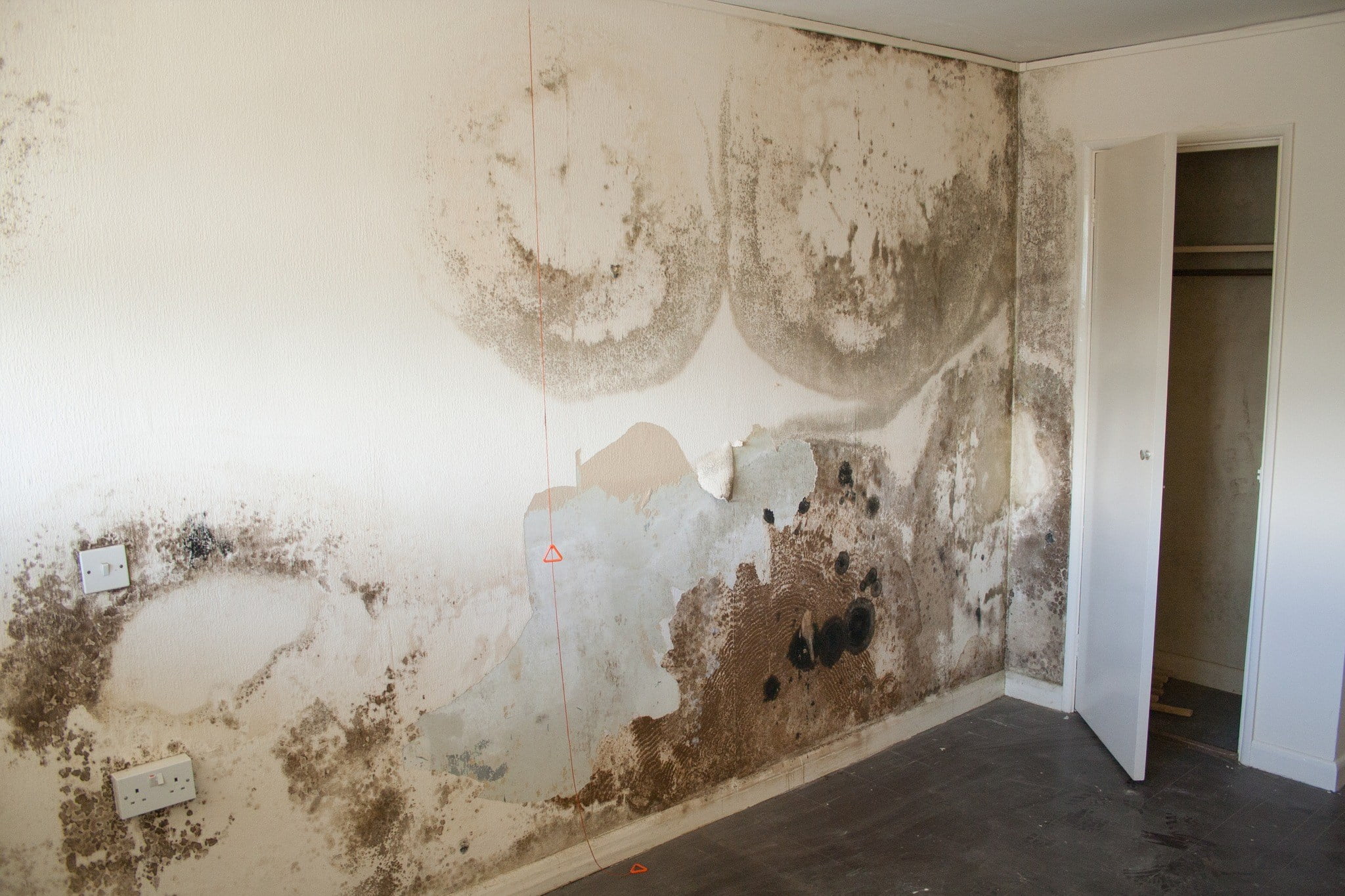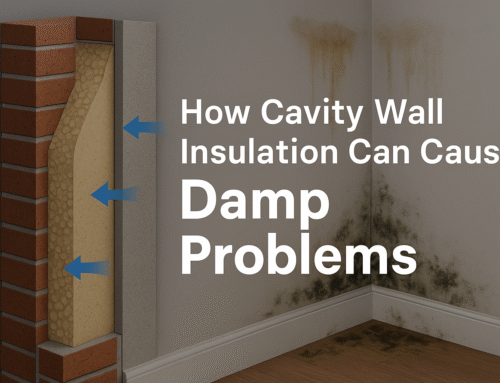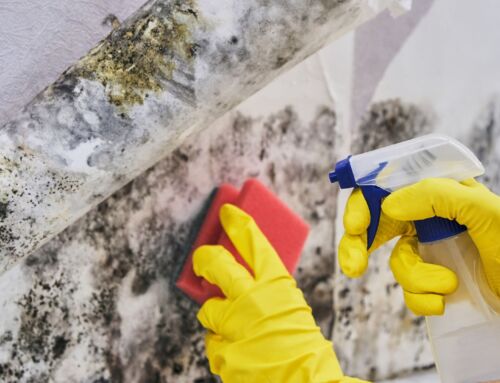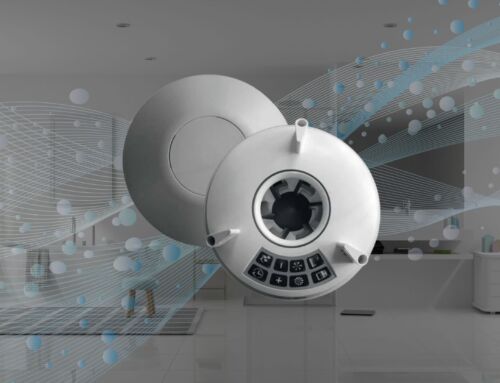Penetrating damp occurs when water penetrates through the external walls or roof of a building. This can be caused by a variety of factors, including faulty guttering or downpipes, damaged or missing roof tiles, porous brickwork, or poor ventilation. Once water penetrates through the external fabric of the building, it can travel through the walls or ceilings, leading to the formation of damp patches or stains.
The signs of penetrating damp can be easy to spot, particularly if they are left untreated for a long time. The most obvious sign is the appearance of damp patches or stains on the walls or ceilings, particularly after periods of heavy rain. These patches may be discoloured or may have a musty smell. Other signs can include peeling wallpaper, blistering paintwork, or the appearance of white, powdery deposits on the walls.
If left untreated, penetrating damp can cause serious damage to a building’s structure, as well as posing a risk to the health of the occupants. It can lead to the growth of mould and fungi, which can be hazardous to health, particularly for those with respiratory problems. It can also cause damage to skirting boards, floorboards, and other wooden fixtures.
Treating penetrating damp can be a complex process, and it is important to seek professional advice if you suspect that your home is affected. The first step in treating penetrating damp is to identify the cause of the problem. This may involve carrying out a survey of the building, including an assessment of the condition of the external fabric, guttering, and downpipes.
If the cause of the penetrating damp is a faulty guttering or downpipes, then the most common treatment is to repair or replace the damaged or faulty components. This may involve clearing out any blockages in the guttering or downpipes, replacing missing or damaged tiles on the roof, or installing new flashing around windows and doors. Other treatments for penetrating damp can include the installation of a waterproof membrane on the external walls or the use of waterproof coatings on walls or ceilings.
Preventing penetrating damp from occurring in the first place can be the most effective solution. This can include regular maintenance of the building, including the repair or replacement of any damaged or defective building materials. Ensuring that the building has adequate ventilation and that the ground outside the building slopes away from the walls can also help.
In conclusion, penetrating damp is a common problem that can occur in any building, particularly in older properties. It is caused by a variety of factors, including faulty guttering or downpipes, damaged or missing roof tiles, porous brickwork, or poor ventilation. The signs can include damp patches or stains on the walls or ceilings, peeling wallpaper, or blistering paintwork. Treating penetrating damp can be a complex process, and it is important to seek professional advice.





